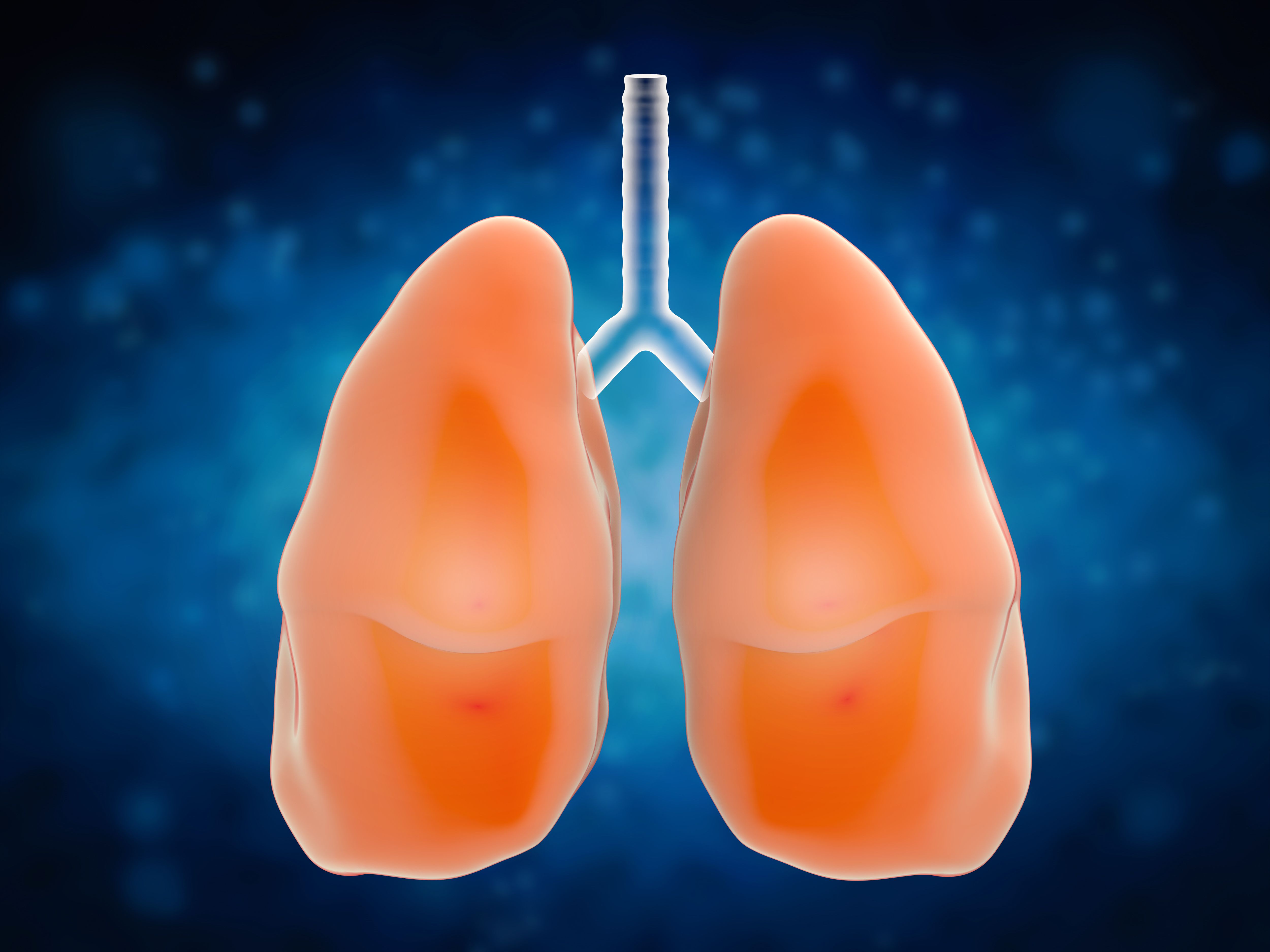News
Article
Differences Between Lung Cancer and Pleural Mesothelioma
Author(s):
Lung cancer and pleural mesothelioma are often confused, so it’s important to understand the key differences between them, including tumor location and treatments.
Lung cancer and mesothelioma are two different diseases, an expert explained.

Lung cancer and pleural mesothelioma are often mistaken to be the same, but there are several factors that set them apart, experts told CURE®.
According to the Mayo Clinic, pleural mesothelioma is a rare type of cancer located in the tissue that surrounds the lungs, called the pleura. Although there are available treatments, research has yet to find a cure for pleural mesothelioma.
“Basically, (pleura) covers the lung like a rind of an orange, so it’s around the lung margins,” explained Dr. Moses Raj, a medical oncologist at the Allegheny Cancer Network Cancer Institute.
“(Pleural mesothelioma is) really from the lining and when you think about that, in comparison to lung cancer, lung cancer is a cancer of the tissue of your lungs. So, in other words, it’s the inherent lung tissue, not the lining of (the) lung cavity,” Dr. Ajaz Khan, a medical oncologist and enterprise chair of medical oncology at City of Hope Atlanta, Chicago and Phoenix, explained in a separate interview.
A main difference between lung cancer and pleural mesothelioma is the number of newly diagnosed cases every year.
“In the United States today, as of 2023, there were (approximately) a little over 230,000 cases of lung cancer diagnosed,” said Khan. “That’s in comparison to (pleural) mesothelioma, and there’s probably no more than about 3,500 cases per year. So, it's probably somewhere about an eight times higher level of lung cancer cases diagnosed per year than (pleural) mesothelioma.”
Knowing the characteristics of developing lung cancer and pleural mesothelioma is also important, notably because of the similarities and differences, according to Khan.
“We’ve seen more equivalency in terms of women being diagnosed with lung cancer as compared to men, so it’s almost become one-to-one,” he said. “But (the) majority of mesothelioma occurs in older men, and the usual age of diagnosis around the country on average is still around 72, and lung cancer is fairly similar (in) that most people are diagnosed in their early 70s as well.
“(For) lung cancer, we know about 80% to 90% of patients have smoked and developed lung cancer as a social risk hazard. In mesothelioma, it’s the exposure to asbestos (that) is one of the occupational hazards of developing this particular malignancy.”
LEARN MORE: Comparing Small Cell and Non-Small Cell Lung Cancer
When comparing lung cancer and pleural mesothelioma, there are also similarities in staging but key differences in terms of tumor location.
“Lung cancer and (pleural) mesothelioma both are similar in that we follow the TNM staging (a tool used to stage types of cancer) and both of them are in the lung,” Raj said. “Traditionally, (in stage one) lung cancer, for example, (there’s) a small tumor in the lung and you remove it. Mesothelioma is not like that, because it is not in one area: it is an inch thick all over all over the lung.”
Because pleural mesothelioma is interspersed around the lung, it cannot be simply removed through surgery the way lung cancer is, Raj elaborated, which results in different treatments between the two.
“Lung cancer in early stages, up until now, was (treated with) surgery and then surveillance. And multi-modality is in stage three, like radiation and chemotherapy and perhaps surgery,” Raj said. “And (in) stage four, it’s only systemic treatment.
“In (pleural) mesothelioma, even in (the) early stages, it’s not completely cured with just one modality; the results are not good with (just) one (treatment).”
Traditional treatment for patients with pleural mesothelioma, Khan said, involved surgically removing the entire surface of the lung if the disease is present on one side of the lung.
“The challenge has become where it starts to invade into the opposite side of the lung cavity. And then that becomes in some ways, marginally resectable or unresectable,” Khan explained. “And so that’s where systemic therapies like immunotherapy and chemotherapy do play a role.”
For more news on cancer updates, research and education, don’t forget to subscribe to CURE®’s newsletters here.





